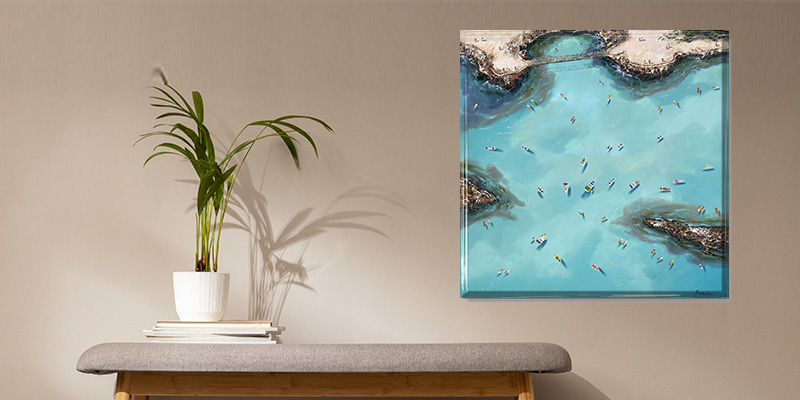The internet has opened up a world of possibilities for artists looking to sell their work in today’s digital age. Digital galleries’ emergence has changed, and artists no longer rely on brick-and-mortar establishments as the only way to see and sell art. Best platforms for artists to sell artwork online have made it possible for artists to reach more audiences and sell their art much more efficiently. As seen from the artists selling works primarily through online art marketplaces compared to social media platforms, artists have a lot of options when it comes to selling art online. This blog will look at some platforms and marketplaces on which every artist can sell their art and generate a sustainable business.
Choosing Your Art and Sales Strategy for Online Art Sales
The first step in how to start an online art business is to decide what you want to sell — and how. Part of that process is understanding your medium and your products.
Selling Original Art
If you focus on painting or tools such as charcoal, you could sell raw pieces. The best website for artists to showcase their work is a personal online store and marketplace where collectors seek unique, handcrafted pieces. The price of your original artwork should reflect the work that went into making it and the fact that it is a one-of-a-kind item.
Selling Digital Art
If you are into digital art and producing digital art, then there are tons of step-by-step guides to selling digital art online. Selling high-resolution files or downloads gives artists the means to sell the same piece multiple times. This approach allows for consistent income without the need to deal with inventory.
Print-on-Demand
Quality print-on-demand services for artists exist, such as ArtSmiley and Printify. Artists can create anything from prints to apparel to home décor. These services are produced on demand, meaning they are only made when an order is placed. It removes overhead costs and enables end-to-end fulfillment.
Expanding Your Offerings
Once your art is selling, expand to offering other artists’ work for sale. Curating a collection from emerging talents helps broaden the diversity of styles and price points you can choose, appealing to a wider audience.

How Do I Build a Personal Brand as an Artist?
Defining your niche and identity is one of the most important elements on how to build a personal brand as an artist is defining your niche and unique identity as an artist. Building a strong brand will set you apart in the competitive online art market and ensure your work is recognizable to collectors.
Pricing Strategies for Your Art for Sale Online
Pricing your art is key to attracting buyers while earning a profit. The very nature of original pieces should suggest craftsmanship and individuality, whereas digital prints and reproductions, at least in my eyes, should have lower pricing to encourage bulk sales. All of those can make a piece more collectible, such as if it is part of a run, offering limited-edition prints, or bundling the artwork.
Art Promotion Strategies & Social Media for Artists
- Developing an art marketing strategy is critical to boosting exposure and sales. Multiple marketing channels, including social media, SEO, and paid advertisements, will ensure the widest exposure. Here are a few proven techniques:
- Implement search engine optimization on your website to rank higher.
- Market your art with paid advertisements and PPC campaigns.
- Use Instagram, Pinterest, and Facebook to chat with potential buyers.
- Network & Collaborate Join online artist communities and groups.
- Use content marketing, such as blogging, to establish credibility.

Wrap up
These days, artists have many options for selling art online. Whether you decide to work with the best platforms for artists to sell artwork online, like marketplaces, create an online art store from scratch, or work on social media, it’s essential to have a well-thought-out plan. To conquer the online art world, you must show endurance, wise branding, and intelligent marketing initiatives. Artists can create a thriving business and connect with customers globally by capitalizing on successful online marketing strategies for selling art prints, utilizing comparisons in online art marketplaces, and implementing profitable art marketing strategies. This is such an exciting time to look into these opportunities and begin selling your art online! Ready to start selling your art online? Explore these platforms and launch your art business today!

FAQ
The types of art that work best for online sales are:
Original Art: Collectors seek unique, hand-crafted paintings, drawings, and sculptures.
Digital Art & Prints: Selling digital files and art prints is a great way to generate steady income. Print-on-demand services make it easy to sell art on T-shirts, mugs, and notebooks.
Photography: Buyers love high-end, limited prints of photos.
Custom Art: Unique artwork specifically made with client specifications is always in demand.
Wall art: Abstract, minimalist, and nature-inspired pieces are popular in home decor and interior design.
Yes, most online art marketplaces and platforms have fees, which may be:
- Listing Fees: Certain platforms require a small fee to list each artwork.
- Commission Fees: The marketplaces charge a fee per sale (from 10% to 50% of the sale).
- Transaction fees: Payment processors may cut a small percentage from payment processing fees.
However, some sites have premium membership plans for extra features, exposure, and marketing tools. On the other hand, some platforms allow you to sell artwork online without fees.
Here are the elements of successful art marketing strategies:
- Develop Your Brand: Establish your artistic style and build an online presence.
- Using Social Media for Artists: Instagram, Pinterest, and Facebook can be great tools.
- SEO & Content Marketing: Improve search rankings by using relevant keywords to optimize your website and product listings.
- Paid Ads: Consider promoting posts on Facebook, Google ads, etc.
- Comparing online art marketplaces where artists join the conversation
- Email Marketing: By sending out regular updates, potential buyers stay tuned to new works and recent promotions.
Online art platforms generally allow artists to pay with the following methods:
- All major Credit / Debit Cards: Visa, MasterCard, American Express
- Online payment processors: PayPal & Stripe
- Direct deposits for high-value sales: Bank transfers
